Heli skiing
Heli-skiing should be at the top of every skier's bucket list.
This is when you climb aboard a helicopter that flies you into the backcountry away from the ski resort's groomed slopes.
Before you take off from the helipad, your guide will talk you through basic avalanche safety and give you some rules to follow. You will then get some avalanche transceiver training, so you can help search for avalanche victims should the worst happen. However, your guide will be aware of the avalanche risk and will only take you to safe areas to ski.
Your skis and snowboards are loaded into a basket on the side of the helicopter. This is to save room and to make it easier to get out of the helicopter when it's time to ski.
After a short flight into the mountains, your guide will instruct your pilot where to drop you off. The spot is chosen based on the snow conditions and your group's ability. Most of the time, the helicopter will land. Other times it will be hovering or just have its nose resting in the snow while you jump out and your guide unloads the skis and boards. This is pretty exciting. The helicopter rotors spin above you, and the downdraft intensifies as the helicopter leaves you on the side of the mountain.
Once the helicopter has flown away, you are left in dead silence until the guide gives you instructions on your powdery descent. You will then be treated to first tracks on some spectacular terrain and in deep powder.
After your group has reached the bottom of the slope, the helicopter will pick you back up, ready for the next drop. You can expect multiple drops, depending on how much you want to spend. Heli-skiing isn't cheap, but it is well worth every penny, and that is what credit cards are for.
Cat-skiing
Cat-skiing is cheaper than a helicopter but no less exhilarating. It is an excellent way of getting fresh tracks without breaking the bank.
Skiers and snowboarders climb into a large vehicle equipped with caterpillar tracks, similar to a military tank. The cab allows from ten to twenty people to be driven up into the backcountry to experience deep powder snow with your guide. The advantage of going cat-skiing is that you get multiple runs, but due to the wide variety of terrain, you don't have to do the same run more than once.
A Snowcat takes you up the mountain on purpose-built snow roads or designated routes. They drop you off at the top of a slope for a guided descent through fresh snow and then pick you up at the bottom to move onto the next slope.
Just like with Heli-skiing, you will have an early start when you go Cat-skiing. You'll be told about the order of the day by your guide before you jump into the machine. Avalanche safety is the most important thing when you are backcountry skiing. Therefore your guides will go through the essential details. They will check that you're confident using the avalanche safety equipment.
There is always an incredible feeling of excitement as you load your skis and snowboards onto the back of the cat. This excitement is enhanced as you are driven through the epic untracked backcountry snow.
The Snowcat will drop you and your guide at the top of a mountain. Once it has crawled away, you'll be surrounded by nothing but beautiful mountains and untouched powder.
Once your guide has talked you through the best route to take for your descent, you are ready to go. You will usually ski in pairs; the first one to ski will pick a line and start floating through the freshest, lightest powder all the way to the bottom.
The group meets up at the bottom of the run, ready to jump back into the Snowcat to do it all again.
A Snowcat session will last all day; you will have probably completed around ten runs before sipping a beer in the back of the cat for your return journey.
Master ski touring
It is all very well jumping into some sort of vehicle to hunt for fresh power, but there is something about getting to the top of the mountain under your own steam. Ski touring is when you hike up the mountain with specialist equipment before being rewarded for your efforts with epic views and fresh powder.
To hike up a mountain on skis, skiers generally use lighter skis, with bindings that hinge at the toe. This helps you glide forwards, making ascending much easier. To stop you sliding backwards down the mountain, you attach skins to the base of your skis. These are adhesive on one side to stick to your skis, and the part in contact with the snow is furry. The bristles of the fur only go in one direction to allow you to slide forwards, but not backwards. You take your skins off during your transition at the top of the mountain, ready for your descent.
There are some techniques you need to master when “skinning” up the mountain. The most important is kick turns. When the slope is steep, it is best to zig-zag up the mountain to save your energy. Kick turns allow you to efficiently pick a less strenuous way up the mountain. They are awkward at first, but you get plenty of practice on your ascents.
Touring is also open to snowboarders in the form of splitboards. These are snowboards that split along their length into skis. On the ascents, they work precisely in the same way as touring skis. But, when the rider gets to the top, they will rebuild their snowboard to enjoy the powder on the descent.
You may be thinking that hiking up a mountain sounds like a lot of hard work, and you would be right. But ski touring and splitboarding isn’t just about the descent. It is a different skiing style, as you are taking in the views, getting exercise and spending time in the fresh air with your friends. Hiking up the mountain also gives you the advantage of picking the best line for the way back down.
To master ski touring, you need a good fitness level, avalanche awareness and making your kick turns and transitions as smooth and efficient as possible. It is truly a rewarding experience. Touring also extends your season, as you can get up the mountain before the lifts open and after they have closed for spring.
Visit alaska
Every sport has its once in a lifetime travel destination.
If you have watched a few ski and snowboard videos, there is a good chance that you have seen sections filmed in the big mountains of Alaska. Alaska's steep spines and faces feature in many videos, but you don't have to be Tanner Hall or Travis Rice to enjoy this terrain.
There is a good chance that you will have to spend a lot go time travelling to Alaska, but It will be worth it once you get there. The deep maritime snowpack allows snow to stick to the side of the steepest mountains ensuring good snow coverage. In the middle of winter, you only get a few daylight hours, but by April, the sun shines nearly twelve hours a day while the terrain gets regular snow top-ups.
In Alaska, Skiers and snowboarders have three choices for alpine skiing within 45 minutes of Anchorage. All of these areas have epic terrain and stunning views. There is something for every skill level, so even if you are not that experienced, you will have stories to tell about "that time I went to Alaska". The long season includes enough daylight to ski for an average of 7.5 hours a day in December and a stunning 16 hours a day in April.
While in Alaska, you can tick a few more things off your skiing bucket list. Alaska is well known for its heli-skiing; therefore, hiring a guide and a chopper for a day will create lasting memories. Heli-skiing in Alaska has to be the ultimate goal for any enthusiastic skier or snowboarder.
Visit japow
Another destination that is on many skiers and snowboarder's list is Japan. For many westerners, Japan has remained a bit of a secret until recently.
Japan gets more snow than pretty much anywhere else's in the world. The snow is dry and light, which is regarded as the best for skiing. This snow has led to people nicknaming Japan as Japow. The snowiest month is January, coining the name of Japanuary.
Each year, the annual snowfall total is often around 1,500 inches in the snowiest parts of the Japanese Alps. This is nearly four times as much as a very good season in the Rockies! But this snow is not just plentiful; it is extremely dry and light, making it incredibly fun to ride. The snow gets its characteristics from the cold Siberian winds that gather moisture over the Sea of Japan, which then dumps over the Japanese Alps.
For most Westerners, Japan is a unique experience in itself. Its welcoming hospitality, exciting culture and delicious food provide a skiing trip like no other.
The ski resorts in Hokkaido are best known for deep powder and beautiful forests. You will find the slopes' gradient to be quite mellow, but the snow quality makes up for it. But, if you want to carve around groomed runs, the Hokkaido resorts have plenty of them, and night skiing is also popular.
Hakuba Valley is also known for endless powder, and the terrain is generally steeper than in Hokkaido. Hakuba has eleven mountains, but Cortina is where to go for snow-covered tree runs.
Have You Made A Ski Bucket List?
If you haven't made a ski bucket list, these five should be on every powder hunter's list. But skiing and snowboarding aren't just about powder. Maybe set some goals for yourself, such as visiting a resort in every US state, skiing in as many countries in a week in Europe, learning a trick or ski as many world cup downhill courses as you can. But, whatever you decide, make sure you enjoy yourself and stay safe.

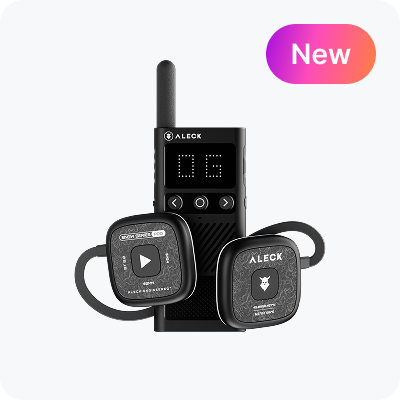
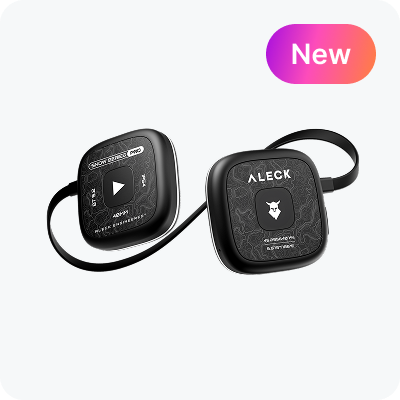
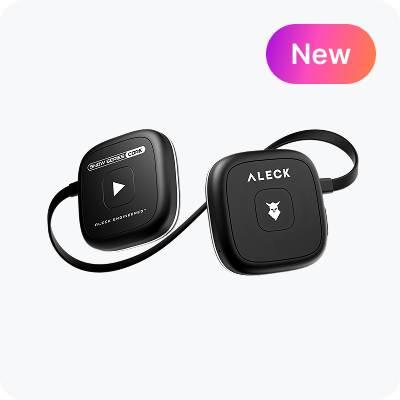
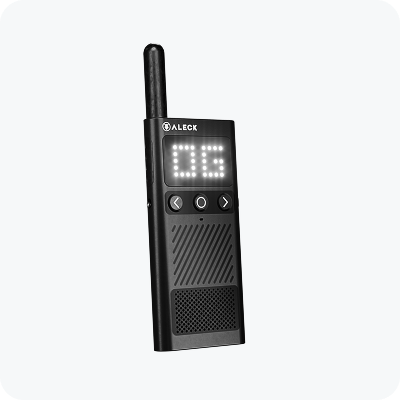
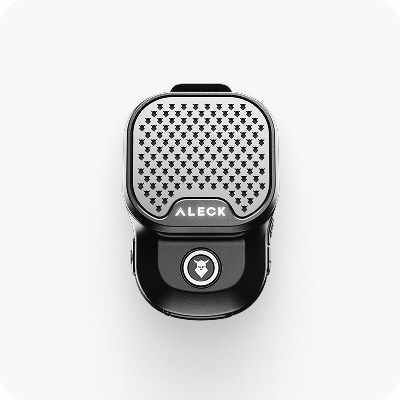

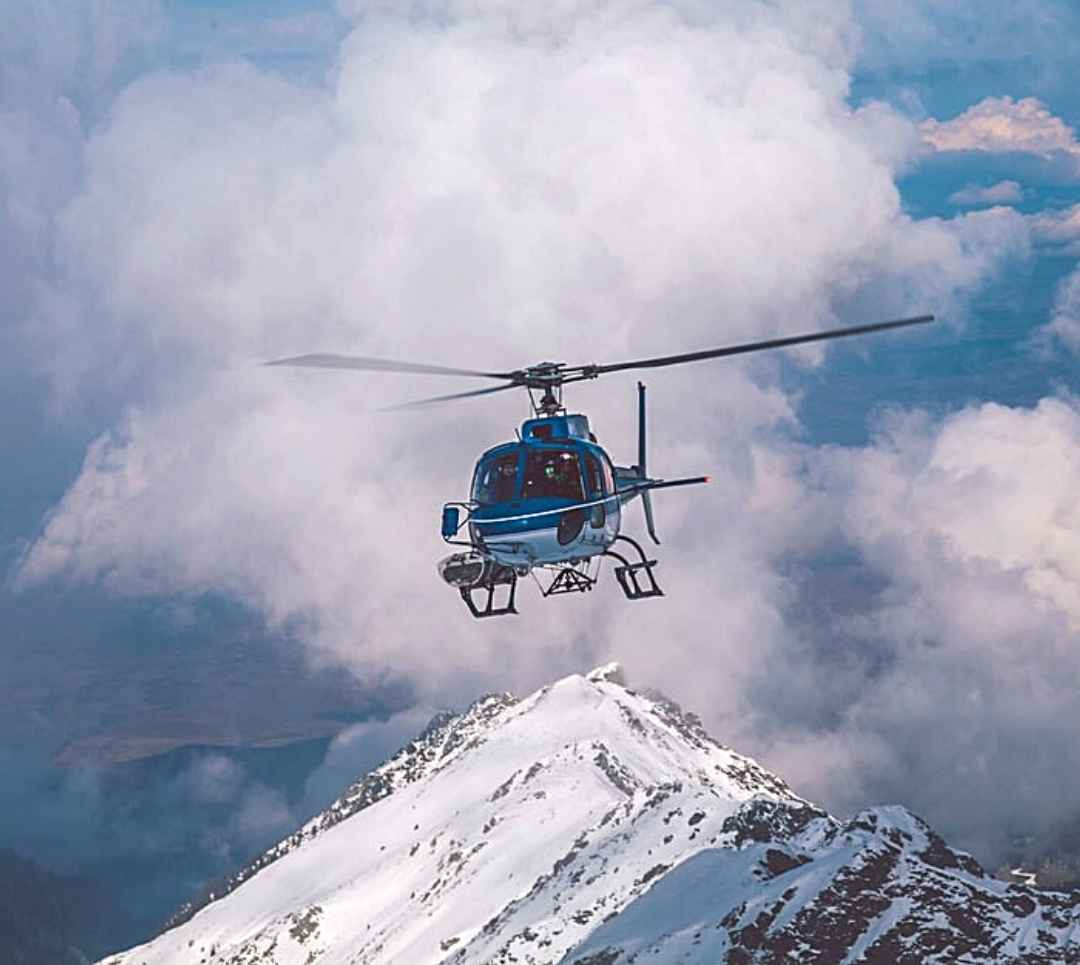
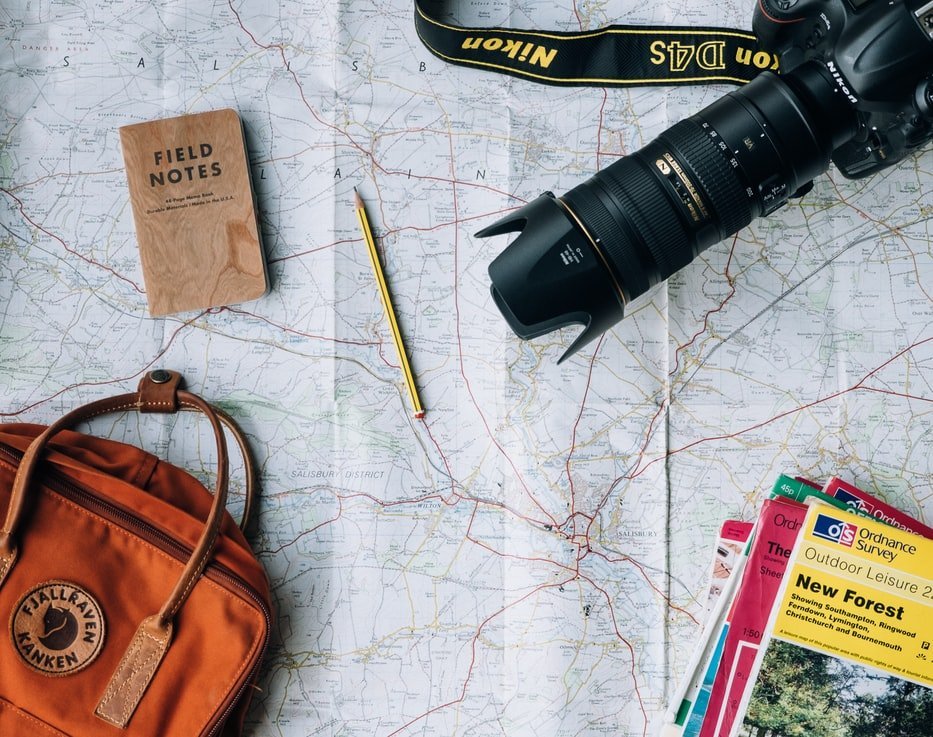
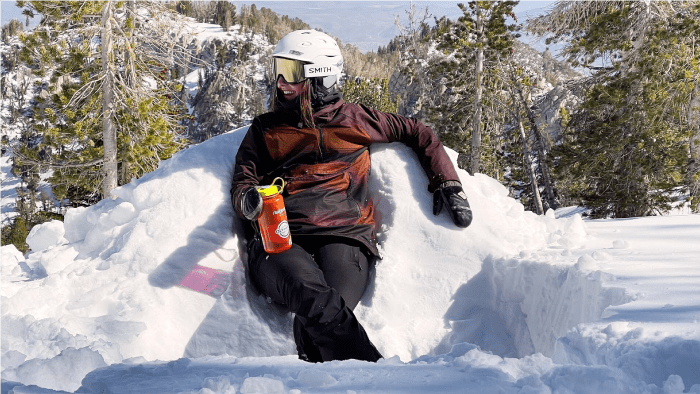
Leave a comment
This site is protected by hCaptcha and the hCaptcha Privacy Policy and Terms of Service apply.